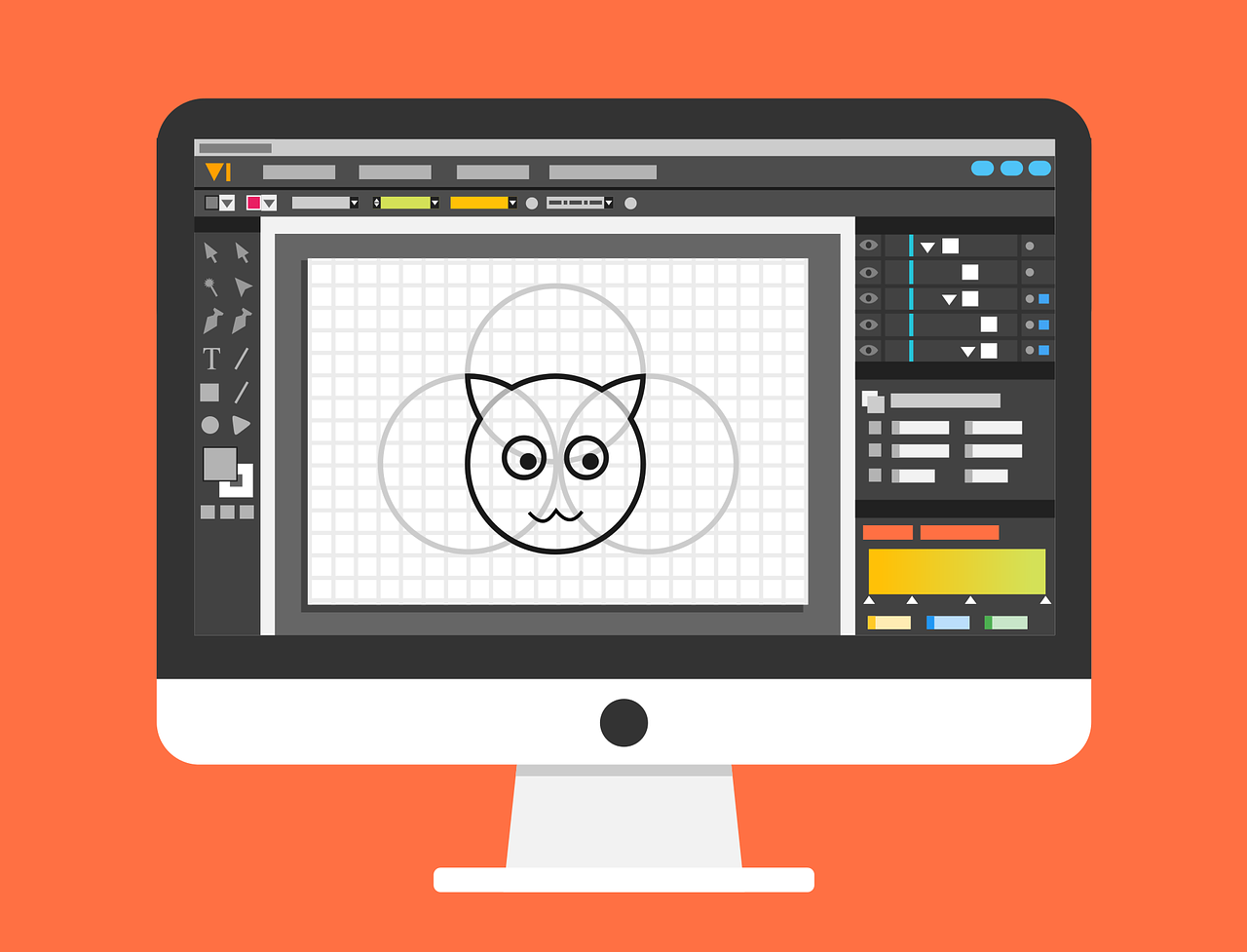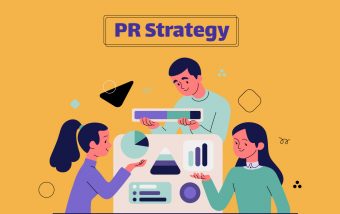Real Estate Link Building That Actually Works: Earn Local Authority, Rankings, and Better Leads Without Spam
Dec 10, 2025

Dec 10, 2025

Dec 10, 2025

Dec 09, 2025

Dec 09, 2025

Dec 05, 2025

Dec 05, 2025

Dec 04, 2025

Dec 04, 2025
Sorry, but nothing matched your search "". Please try again with some different keywords.


In the realm of business efficiency and a competitive edge, software modernization services often become the go-to solution for organizations. While diving into such an undertaking can be intricate and costly, the long-term benefits, such as heightened performance, reduced expenditure, and enhanced market visibility, are substantial.
A staggering 90% of firms lag in innovation due to obsolete technology, with a majority of IT leaders attributing their stagnation in the digital evolution to outdated tech frameworks. Collaborating with Sombra, a pioneer in software modernization services, organizations gain a strategic partner in their digital transformation journey. We specialize in evaluating legacy software, pinpointing upgrade potential, and devising and executing modernization strategies.
Legacy Software is any piece of software that fails to receive updates from the developer. It is one of the major platforms with no replacement. According to another definition, legacy software is an older piece of software that is still in use as it recipes support. According to another definition, the legacy software still gets updates on security and support. But it is no longer compliant with present conventions.
Certain myths are still quite lively. Let’s try to break them here so that you can understand things better.
This is one of the myths that revolves around the nook and corner. Some people have the preconceived idea that legacy software is of no use. While legacy software or systems have some risks simultaneously, they also have benefits. It is not possible that you outlive their usefulness completely. Often, a piece of legacy software is still the preferred option. You do not have a functional replacement. This very transition is difficult to weather.
Regardless of the exact reasons, the organizations continue to use the legacy because they do not find any issue with this software. But if ideally spoken, there is no doubt that people must try to move away from legacy software. Hence, it is not correct to say that these software are of no use.
Another idea related to the legacy softwar is that they are free. Again, it is a myth that must be busted as early as possible. Previously, the legacy software was a lumpsum investment. This investment only makes sense if the cost is recovered over a pre-determined period. The recurrent fees make sure that there is continuous support and even more updates. But the patches for security are not satisfactory.
Another myth that floats around in different circles is that legacy software is not supported. It is partially true. The legacy softwar is still not supported by the teams. No matter how actively you get involved in the support team, if it does not secure the updates, you can still count it as legacy software. Yes, it is indeed one of the things that requires quite a mention here.
The legacy software is not safe, and they are a dangerous lot. Most of the sources where you consult regarding the legacy software will give you a negative review. They will ask you to replace it as soon as possible. They are going to render it as dangerous. But it is true without doubt that legacy software is not always dangerous. It banks quite a lot on the specifics of the case. Yes, there is risk and dangers involved because an application with a lack of updates can be dangerous.
Legacy software involves risks, and they are dangerous. It does not always need to be replaced. It banks on the cases and specifics. Prior to dividing whether a particular piece of legacy software needs to be replaced, you need to conduct a case analysis.
Software modernization encapsulates the essence of adapting software in sync with technological shifts, evolving business demands, or changing user preferences. This might encompass revising the codebase to reflect contemporary best practices or migrating software to an advanced platform. To grasp the impact of Sombra’s expertise, our software modernization case study offers a detailed account of how we breathed new life into an existing application using state-of-the-art technology.
Legacy software can transform from an asset to an obstacle as the tech landscape evolves. Maintenance of antiquated systems can drain resources, and the agility to roll out fresh functionalities may decline. With Sombra’s software modernization service, you can rejuvenate legacy software, adapting seamlessly to modern tech trends and leveraging accumulated wisdom from existing software. Key benefits of this transition include:
Numerically, 49% of businesses in the Boomi IT and Business Report stated that elevating customer experience was the prime benefit of software modernization. With a mere 1% reporting no discernible advantages post-modernization, the benefits are evident.
With sombrainc.com by your side, modernizing your software becomes a journey of growth, innovation, and resilience.
Read Also:
Ankita Tripathy loves to write about food and the Hallyu Wave in particular. During her free time, she enjoys looking at the sky or reading books while sipping a cup of hot coffee. Her favourite niches are food, music, lifestyle, travel, and Korean Pop music and drama.
View all Posts
Real Estate Link Building That Actually Works...
Dec 10, 2025
Why Health-Conscious Consumers Choose Blockch...
Dec 10, 2025
How To Buy Xupikobzo987Model? Decoding The Mo...
Dec 09, 2025
Workplace Management EWMagWork: Is This Smar...
Dec 09, 2025
Social Media Stuff EmbedTree: Is This Digita...
Dec 05, 2025

